For those struggling with skin conditions such as psoriasis or vitiligo, UVB phototherapy at home offers a convenient and effective treatment option. This article explores how long it takes for UVB light therapy to work, delving into the science behind phototherapy, its benefits, and what to expect when using a home phototherapy unit. By combining practical advice with engaging insights, we aim to provide a comprehensive guide for anyone considering home UVB phototherapy.
What Is UVB Phototherapy?
Phototherapy is a safe and effective treatment that uses ultraviolet light to treat skin conditions. Specifically, UVB phototherapy involves exposing the skin to ultraviolet light B (UVB), a specific wavelength of UV light that helps slow down excessive skin cell growth, a hallmark of conditions like psoriasis. Unlike UVA light, which is often used in tanning beds, UVB light targets the treatment area more precisely, making it ideal for managing skin diseases.
There are different types of phototherapy, including broadband UVB and narrowband UVB, with the latter being more commonly used today due to its targeted approach. Narrowband UVB is particularly effective for treating psoriasis, vitiligo, and other skin conditions, offering a safe treatment option when used correctly.
How Does Phototherapy Work for Psoriasis?
Phototherapy works by penetrating the skin with UV light to reduce inflammation and slow the rapid turnover of skin cells that cause psoriasis plaques. For psoriasis patients, this can significantly reduce the appearance of psoriasis, including symptoms like redness, scaling, and itching. The National Psoriasis Foundation notes that phototherapy is generally a well-tolerated treatment for psoriasis, especially for those with plaque psoriasis, guttate psoriasis, or scalp psoriasis.
When undergoing home phototherapy, the UVB light interacts with skin cells, promoting the production of vitamin D in the skin and reducing psoriasis symptoms. This process helps treat psoriasis by calming the immune response that triggers psoriasis and psoriatic arthritis, making phototherapy for psoriasis a cornerstone of dermatological care.
How Long Until You See Results from UVB Light Therapy?
One of the most common questions about UVB light therapy is, “How long does it take to work?” The timeline for results varies depending on several factors, including the severity of the condition, skin type, and adherence to the treatment plan. Here’s a breakdown of what to expect:
- Initial Results (2–4 Weeks). For many psoriasis patients, improvements in psoriasis symptoms can be noticed within 2 to 4 weeks of consistent phototherapy treatment. During this period, you may see a reduction in redness and scaling in the treatment area. The Psoriasis Area and Severity Index, a tool used to measure psoriasis severity, often shows improvement during this time.
- Significant Improvement (6–8 Weeks). For conditions like plaque psoriasis or vitiligo, more noticeable results typically appear after 6 to 8 weeks of regular treatment, usually 2–3 times per week. This is when phototherapy provides substantial relief, with psoriasis plaques becoming less pronounced.
- Long-Term Management (3–6 Months). For chronic conditions, ongoing home phototherapy may be necessary to maintain results. After 3 to 6 months, many patients achieve clear or nearly clear skin, making UVB therapy a highly effective treatment for psoriasis.
The strength of the light and the frequency of sessions play a critical role in how quickly phototherapy works. A dermatologist can recommend phototherapy schedules tailored to your needs, ensuring the treatment is both safe and effective.
Benefits of UVB Phototherapy at Home
Home phototherapy for psoriasis has revolutionized how patients manage their condition. Using a home phototherapy unit allows for greater convenience and privacy compared to office-based phototherapy. Here are some key benefits:
- Convenience. Home UVB phototherapy eliminates the need for frequent trips to a dermatologist’s office, saving time and money.
- Customizable Treatment. Home phototherapy equipment, such as full-body units or table-top devices for spot treatment, allows you to target specific areas of the skin, from small patches to larger psoriasis plaques.
- Cost-Effective. While the initial investment in a phototherapy device may seem significant, it can be more affordable than ongoing clinic visits for phototherapy treatment.
- Safe and Effective. When used under medical supervision, home therapy is a safe treatment option that delivers results comparable to professional settings.
A review of home phototherapy shows that it is highly effective for managing various skin conditions, particularly when patients follow a prescribed treatment plan.
Setting Up a Home Phototherapy Unit
Setting up a home phototherapy unit requires careful planning to ensure safe and effective treatment. Here’s how to get started:
- Consult a Dermatologist. Before using UVB lamps at home, consult a dermatologist to determine the appropriate light source and treatment schedule. They will assess your skin type and condition to recommend phototherapy tailored to your needs.
- Choose the Right Equipment. Home phototherapy equipment comes in various forms, from full-body units to compact light therapy units for spot treatment of small areas. Ensure the phototherapy lamp emits narrowband UVB for optimal results.
- Follow Safety Guidelines. Using the light therapy unit at home requires strict adherence to safety protocols, such as wearing protective eyewear and limiting light exposure to avoid burns or skin cancer risk.
- Create a Treatment Schedule. Most dermatologists recommend phototherapy 2–3 times per week, with sessions lasting a few minutes depending on the treatment area and the strength of the light.
By following these steps, you can safely incorporate home UVB phototherapy into your routine, making treatment at home both practical and effective.
Potential Risks and Precautions
While phototherapy is a safe and effective treatment, it’s not without risks. Prolonged or improper use of UVB light can increase the risk of skin cancer, particularly if safety guidelines are ignored. Here are some precautions to take:
- Monitor Skin Cancer Risk. Regular skin checks with a dermatologist can help detect any changes early, minimizing the risk of skin cancer.
- Avoid Overexposure. Excessive UV light exposure can cause burns or exacerbate skin conditions. Stick to the prescribed duration and frequency.
- Protect Unaffected Areas. Use sunscreen or cover areas of the skin not being treated to prevent unnecessary UV exposure.
Phototherapy may not be suitable for everyone, so a dermatologist’s guidance is essential to ensure it’s a safe treatment option for your specific condition.
Who Can Benefit from Home UVB Phototherapy?
Home UVB phototherapy is ideal for individuals with chronic skin conditions like psoriasis or vitiligo who want a convenient treatment option. It’s particularly effective for those with moderate to severe psoriasis who have not responded well to topical treatments. The use of UVB is also beneficial for patients seeking to reduce the appearance of psoriasis without relying solely on medications.
However, not everyone is a candidate for home therapy. Those with a history of skin cancer or sensitivity to UV light may need alternative treatments. A dermatologist can help determine if home phototherapy for psoriasis is right for you.
Tips for Maximizing Results
To get the most out of UVB phototherapy at home, consider these tips:
- Stay Consistent. Adhere to the recommended schedule, typically 2–3 times per week, to see steady improvements.
- Track Progress. Keep a journal to monitor changes in psoriasis symptoms and share updates with your dermatologist.
- Combine Treatments. In some cases, combining phototherapy with topical treatments can enhance results, especially for stubborn psoriasis plaques.
- Stay Patient. Phototherapy is generally effective, but results take time. Trust the process and follow your treatment plan.
By incorporating these strategies, you can optimize the benefits of home UVB phototherapy and achieve clearer skin.
Conclusion: Is UVB Phototherapy at Home Worth It?
UVB phototherapy at home is a game-changer for those managing skin conditions like psoriasis or vitiligo. While it may take 2 to 8 weeks to see initial results and several months for significant improvement, the convenience and effectiveness of home phototherapy make it a compelling option. By working closely with a dermatologist and following safety guidelines, you can use UVB light therapy to treat psoriasis and other skin diseases effectively.
Whether you’re dealing with plaque psoriasis, guttate psoriasis, or scalp psoriasis, home phototherapy offers a safe and effective way to manage symptoms and improve your quality of life. With the right phototherapy equipment and a commitment to your treatment plan, clearer skin is within reach.
The UV lamp for the face is your reliable assistant in the fight against age—related skin changes. With its help, you can easily and effectively take care of your skin. You can buy this device at the best price in our store.


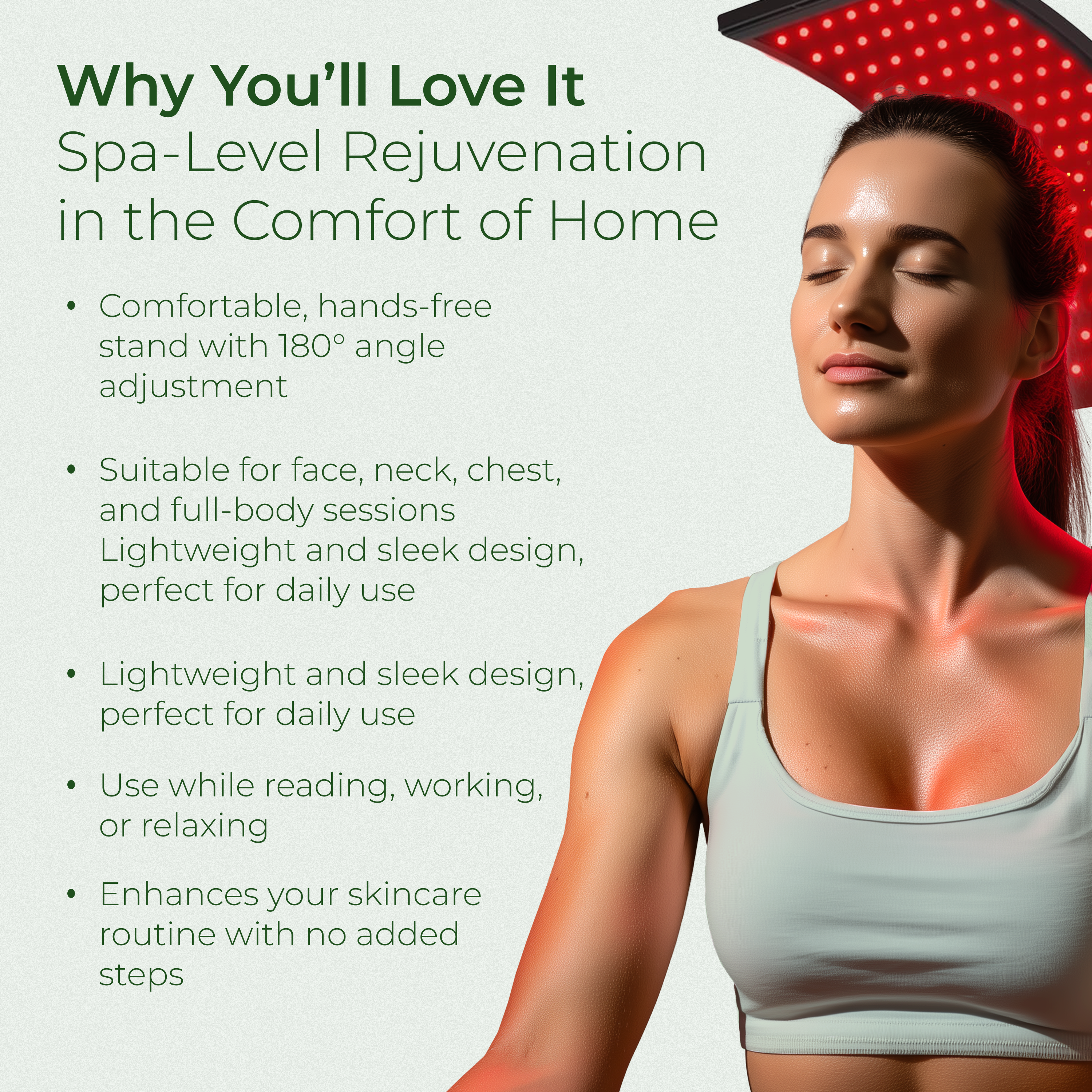
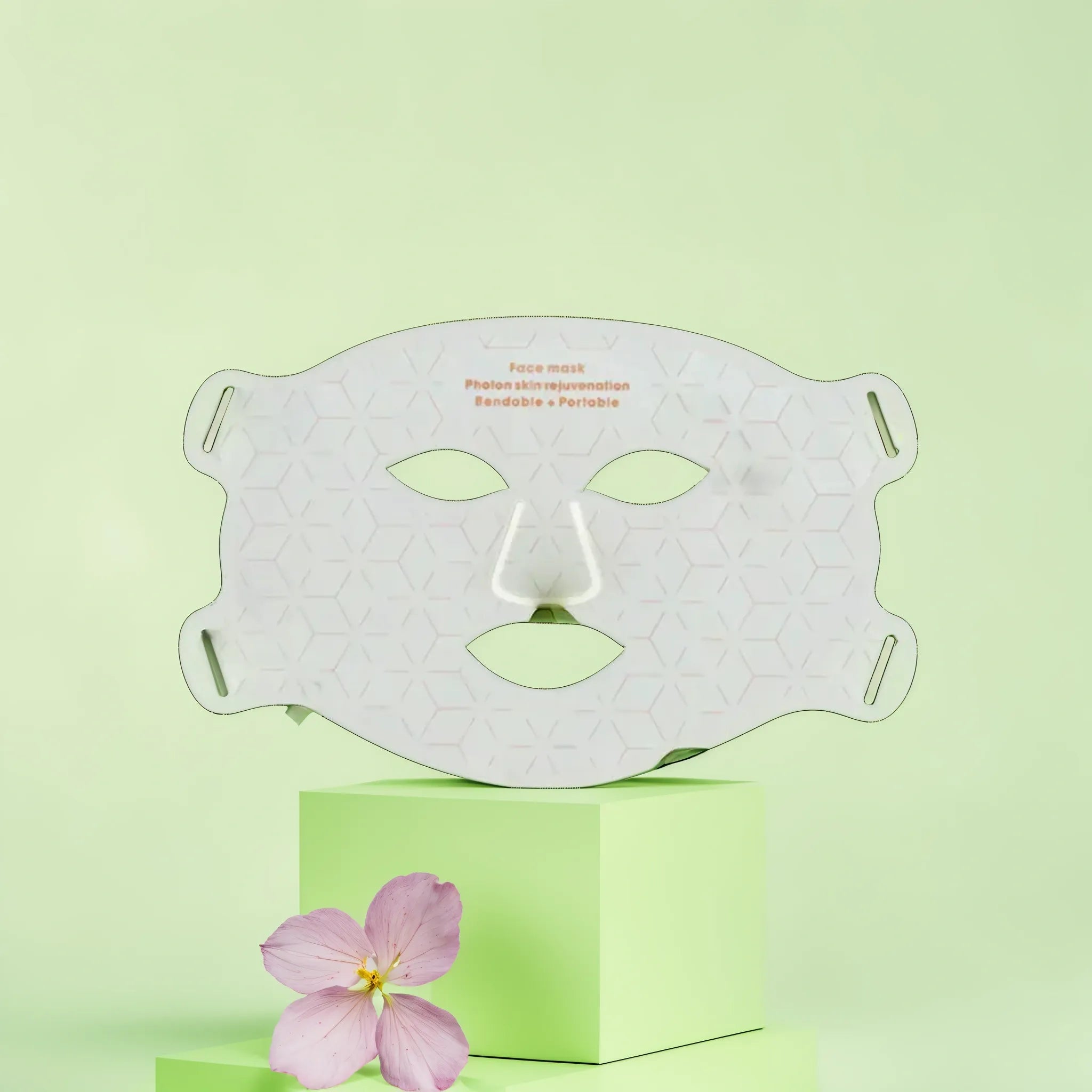



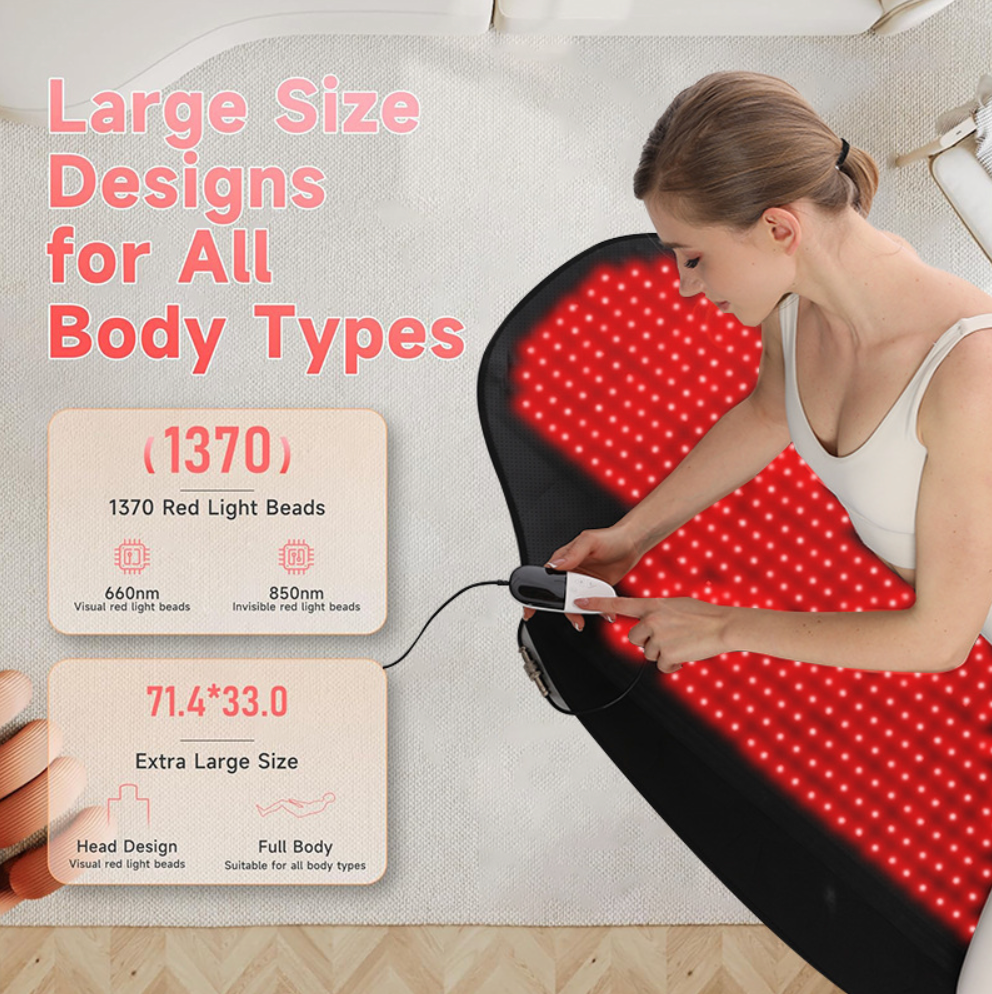
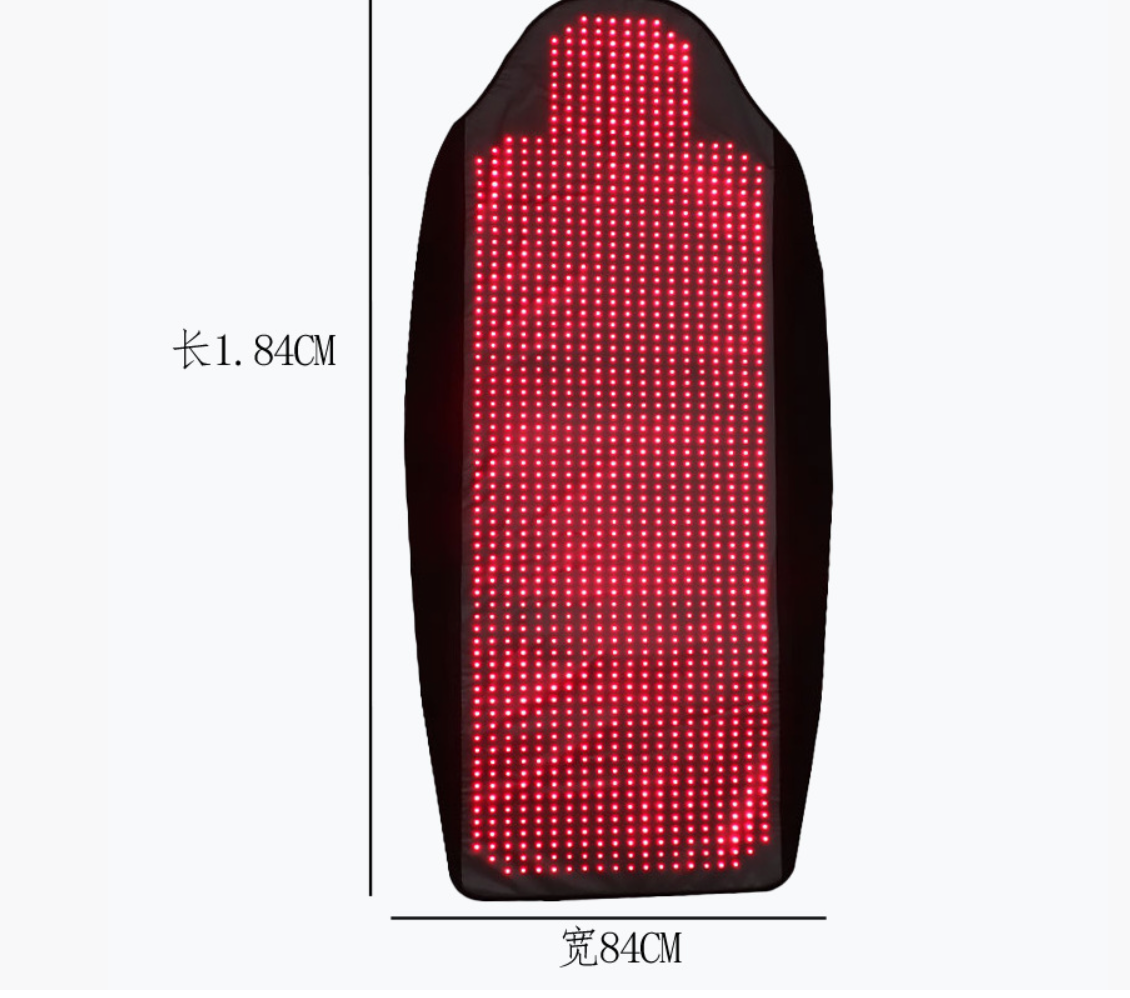

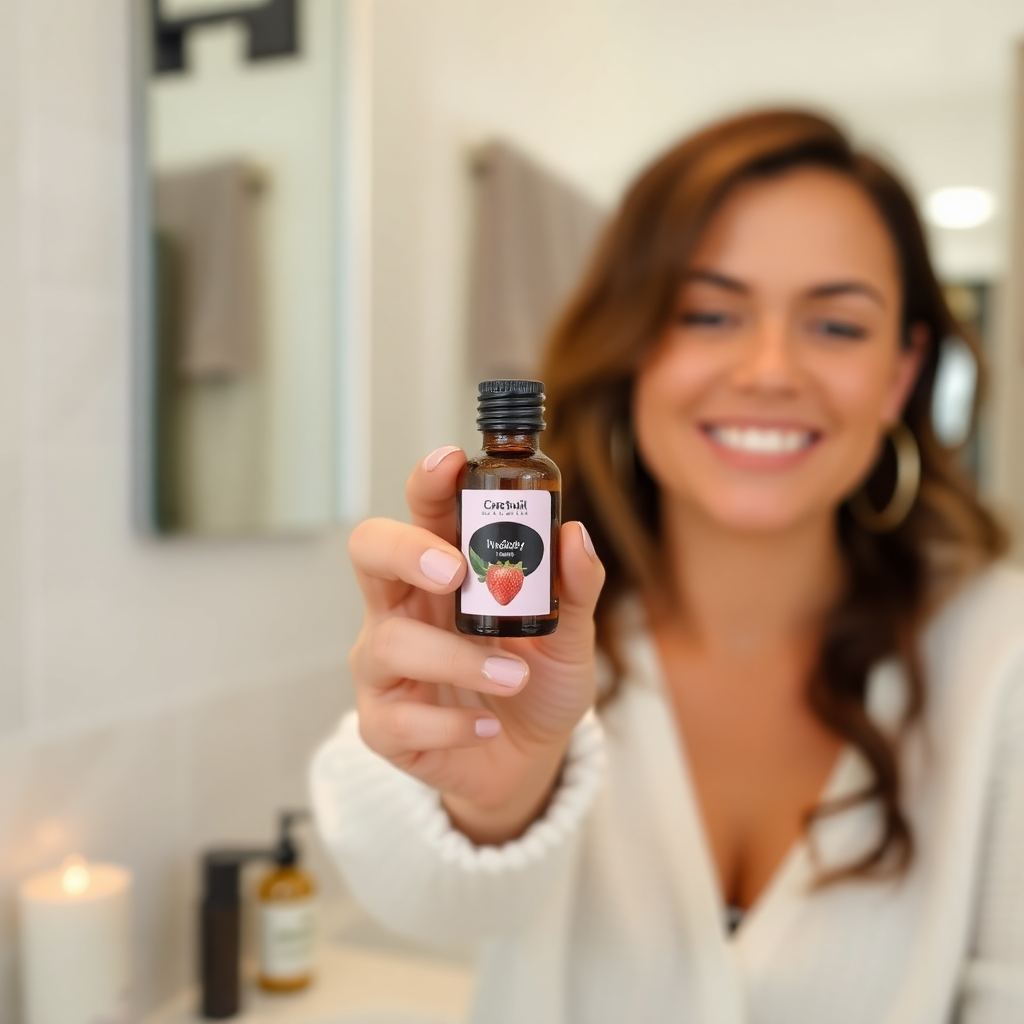

Leave a comment
This site is protected by hCaptcha and the hCaptcha Privacy Policy and Terms of Service apply.